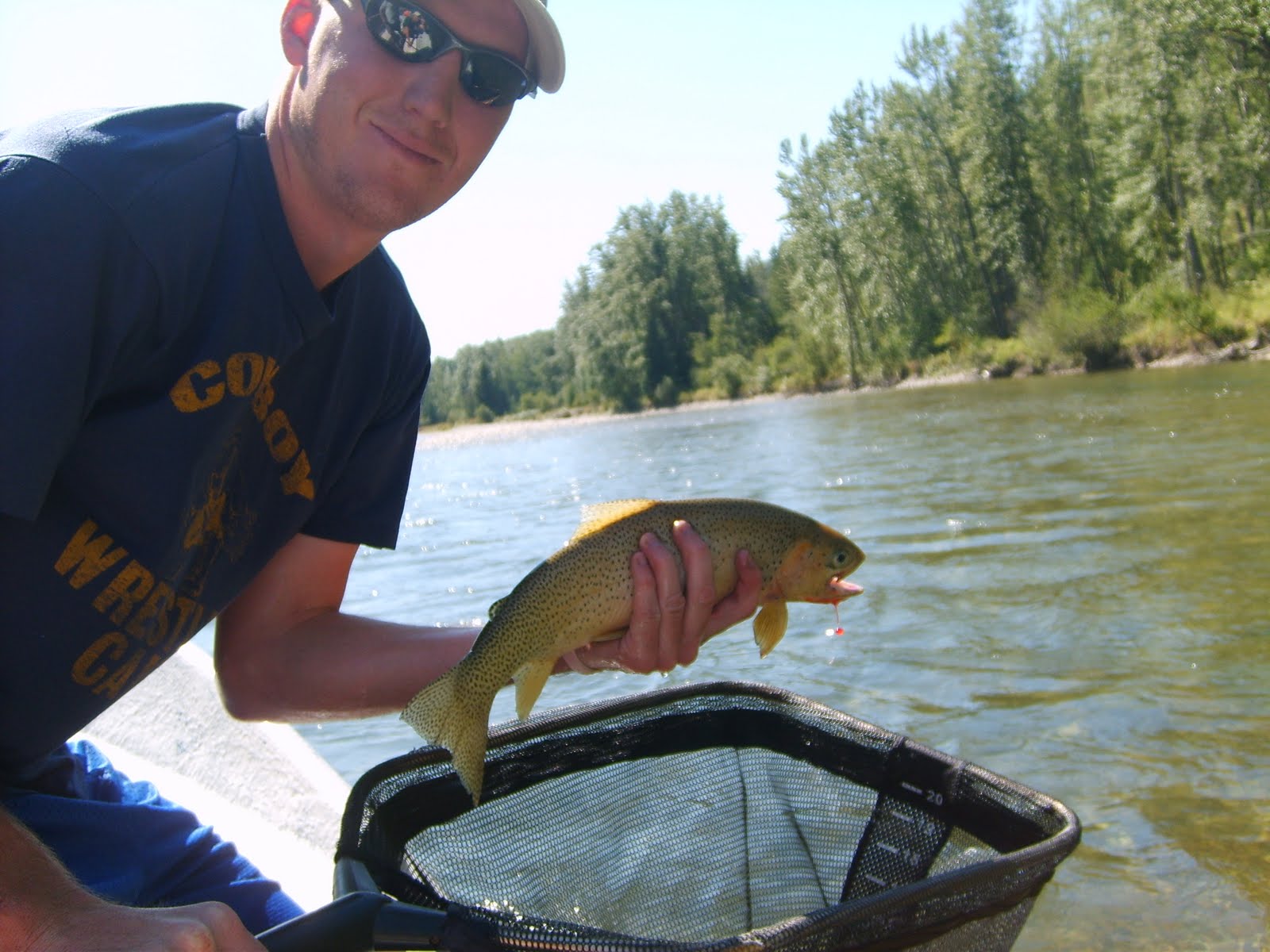What are the reaction types of certain elements combined together?
Introduction:
We all love explosions and doing labs. But what exactly happens when it does the explosions? As we look through the five different types of chemical reactions, we see that they all have their own characteristics on what happens in them. But what would happen if we add chemicals to chemicals? In this lab we will be observing the different types of chemical reactions and will be becoming more familiar with these different types of reactions.
Materials
- 3 small test tubes
- test tube rack
- Zinc
- 1 ml of CuSO4
- 1/2 ml of Ba(NO3)2
- Magnesium Ribbon
- 1/2 ml of HCL Solution
- Bunsen Burner
- Propane gas (C3H8)
- 2 ml H202 Solution
- pinch of MnO2
Procedure:
First we will obtain 3 test tubes. In our first test tube, we will place a piece of zinc and about 1/2 mL of CuSO4 solution. We will observe the combination of these components and write down our results of the data. Next in the third test tube we will place a piece of magnesium ribbon in it and then add about 1/2 ml of HCL solution. After that we will record our observations and results. We will then light a Bunsen burner which is burning propane gas, (C3H8) and we will record our observations of the flame. We will the rinse out our first test tube and add about 2 mL H2O2 solution. After that we will light the Bunsen burner and lightly heat up the H2O2 solution and record our observations and results. For our next reaction we will add a pinch of MnO2 (catalyst) to the H2O2 solution and we will lightly heat up the mixture and record our observations and results. After analyzing all of our reactions we have made a data table to neatly organize our data.
Results (Data):
| Chemicals | Added Chem. | Products | Type | Evidence |
| CuSO4 | Zn | Cu + ZnSO4 | Single Displacement | Zn takes Cu Place |
| Ba(NO3)2 | CuSO4 | BaSO4 + Cu(NO3)2 | Double Displacement | Ba and Cu switch places |
| HCl | Mg | H2 + MgCl2 | Single Displacement | Mg takes H place |
| H2O2 | C3H8 | H2O + CO2 | Combustion | Water and Carbon Dioxide is released |
| H2O2 | none | H2O + O2 | Decomposition | Bubbles and Splint, oxygen is present |
Discussion:
This lab was very informative, and helped introduce more into chemistry and showed us actual reactions. After examining the reactions taken place in the lab, i can honestly feel like i am in an actual chemistry class now. Any other lab did not feel like chemistry, in other words other labs besides this one was lame. I can say for sure that the splint test was my favorite and was really awesome. It was so awesome that we had to do it again. Mixing chemicals are pretty awesome, and i am sure that everyone loves reactions that you can easily tell when something is happening. To all my homies out there, "Reactions rock!" and "Peace!"
Conclusions:
In conclusion we have learned how different chemicals and elements react with one another. We have examined the different evidence of certain types of chemical reactions. After viewing the results of each reaction we recorded and concluded that we have became more familiar with chemical reactions. Also we have concluded that the splint test was sweet! and that the whole lab was completely BAD A$$!!!!!!CHEMISTRY ROCKS!!!!!!!!!!!!




Good info. The color scheme with the neon green text is very interesting.
ReplyDeletei love the bright green color but what the big white thing on the bottom>
ReplyDeleteYou guys did a good job putting a lot of info on your blog. You could use more pictures and what is the big white box? But overall you did a really good job.
ReplyDeleteThis comment has been removed by the author.
ReplyDeleteCHEMISTRY ROCKS!! I LOVE IT!!
ReplyDeleteYou could use more pictures, but the data table is like, wayyyy cool!!! Keep going, it's looking good!
ReplyDelete-♥ Period 4, Group 3
What White Box?
ReplyDeletethe colors and layout are different and bright which make the report appealing
ReplyDeleteGreat job on the format and way to up your word count. Thanks for the cheerleading but some actual science content is necessary for an effective discussion. More discussion of the characteristics of each reaction type are necessary in you intro, discussion, and conclusion.
ReplyDelete